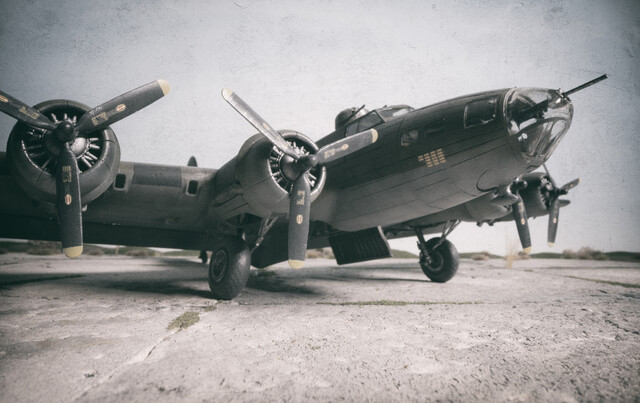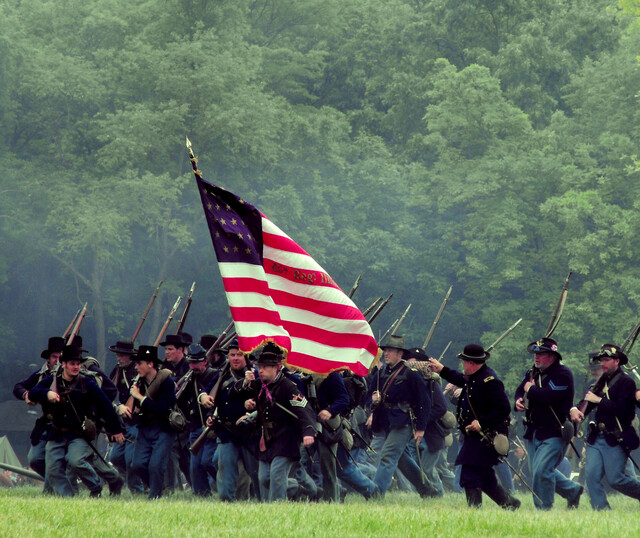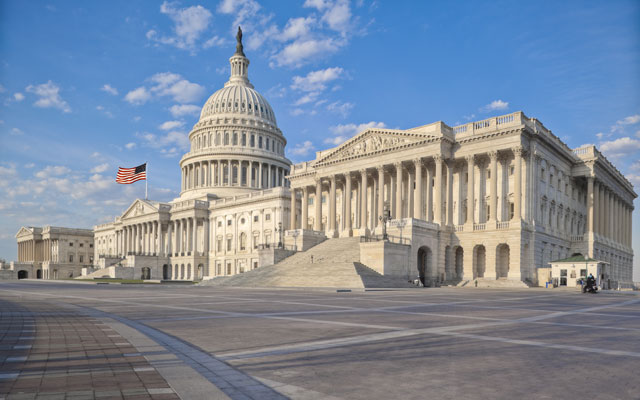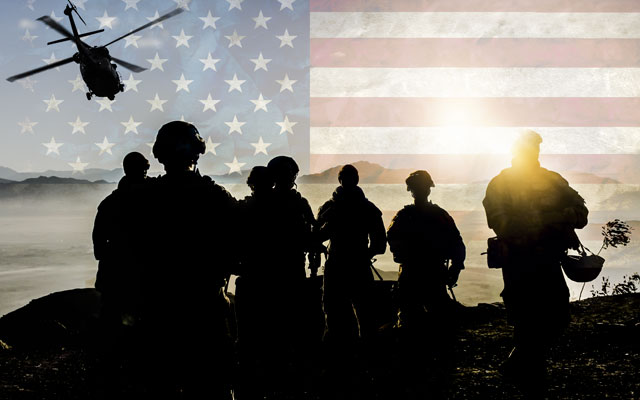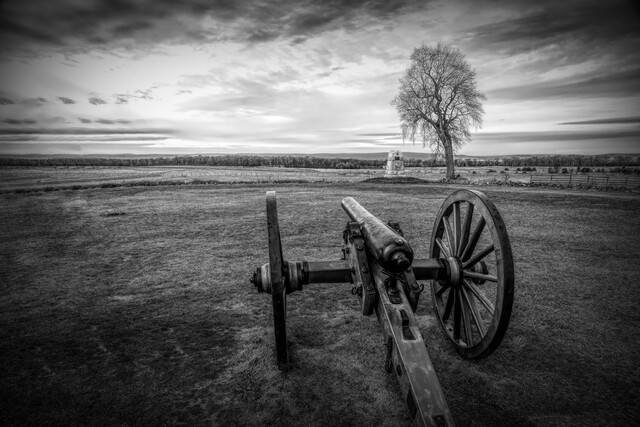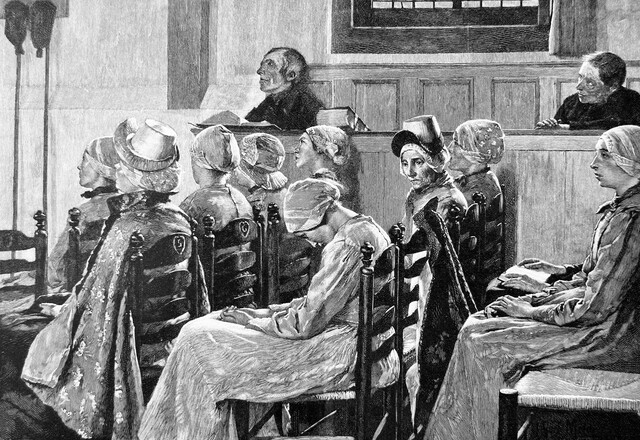World War II
Exploring the Past to Illuminate Our Future
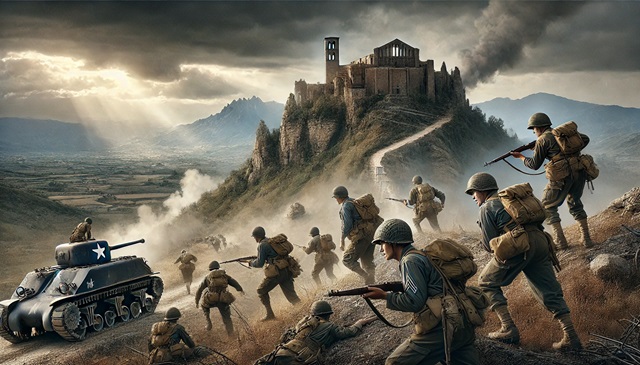
16 Hours average completion time
1.6 CEUs
23 Lessons
32 Exams & Assignments
77 Discussions
23 Videos
24 Reference Files
160 Articles
Mobile Friendly
Last Updated October 2025
A Profound Exploration of the Conflict that Redefined Humanity
World War II was not merely a chapter in history; it was an era that redefined geopolitical landscapes, human rights ideologies, and the limits of human resilience. While the First World War had indeed set precedents in terms of scale and devastation, World War II transcended those boundaries. With a participation of over 100 countries, and directly involving more than 100 million personnel, it was, and remains, the most extensive war in history.
Advancements in technology during this period were staggering. We moved from horses and bayonets to tanks and jet fighters, from rudimentary grenades to nuclear weapons. The sheer firepower available meant not only larger battlefields but also deadlier consequences.
The juxtaposition of good versus evil, as portrayed by the Allies against the Axis Powers, had an almost cinematic feel. Germany, Japan, and Italy, with their aggressive ideologies and expansionist agendas, posed a tangible threat to the world's equilibrium. And resisting them was no small feat. The Allies, which included major powers like the USA, USSR, and the UK, were pushed to the brink of their resources and resolve.
Why did this war erupt, though? The signing of the Treaty of Versailles, post World War I, aimed to bring about long-standing peace. However, its reparations and territorial changes brewed resentment in Germany. Coupled with the global repercussions of the Great Depression, particularly its severe ramifications in Germany, the situation was ripe for extremist ideologies to take root. This provided fertile ground for Adolf Hitler's rise, subsequently leading to the formation of the Axis.
Germany's blitzkrieg tactics saw them annex significant portions of Europe, catching many nations off guard. Concurrently, Italy made moves in North Africa, and Japan was annexing islands in the Pacific, seeking to establish its dominance.
Yet, the significance of World War II extends beyond the battles and treaties. The war's aftermath brought about tectonic shifts in global politics and strategies:
-
Nuclear Age: The bombings of Hiroshima and Nagasaki ushered the world into the atomic age, highlighting the potential of human-led devastation.
-
Israel's Birth: The post-war scenario facilitated the establishment of Israel, a pivotal moment in Middle Eastern politics.
-
Communism's Spread: Many regions in Asia and Europe witnessed the rapid proliferation of communist ideologies.
-
Germany's Division: Post-war Germany was split, symbolizing the broader Cold War tensions.
-
America's Ascendancy: The US, having played a crucial role in the war, emerged as a dominant global power.
Our course offers an in-depth analysis of these events and more. A breakdown of our curriculum:
-
Lessons 1 & 2: Introduce key terminologies and course structures, setting the foundation for upcoming modules.
-
Lesson 3 to 5: Delve into the root causes, tracing back to the fall of the Weimar Republic and discussing the major Axis powers.
-
Lessons 6 to 13: An exhaustive study of the major battles, from the opening salvos, through Europe, North Africa, and the Pacific, to the ultimate victories.
-
Lesson 14: Unmask the harrowing truths of the Third Reich's horrors.
-
Lesson 15: Investigate the profound global implications post World War II.
-
Lessons 16 & 17: Learn about the pivotal figures on both sides of the war, understanding their motivations, strategies, and legacies.
World War II wasn't just a conflict; it was a transformative period that has shaped the contours of our contemporary world. Dive deep into the intricate web of events, decisions, and consequences with our comprehensive course, understanding the human stories interwoven with grand global narratives.
- Understanding global ideological shifts during wartime
- Evaluating leadership styles and their wartime impacts
- Critical thinking about historical geopolitical conflicts
- Exploring ethical dilemmas in war and peace processes
- Developing contextual understanding of global power dynamics
- Gaining insights into post-war global political transformations
- Interpreting the evolution of technological warfare
- Assessing the humanitarian impact of global conflicts
- Analyzing strategic military decisions and outcomes
- Recognizing patterns in historical and modern conflicts
Choose from plans starting at just $16/month (billed annually)
See Your Team Succeed
Empower your team instantly with an integrative group enrollment system. Purchase licenses in bulk with Group Discounts.

